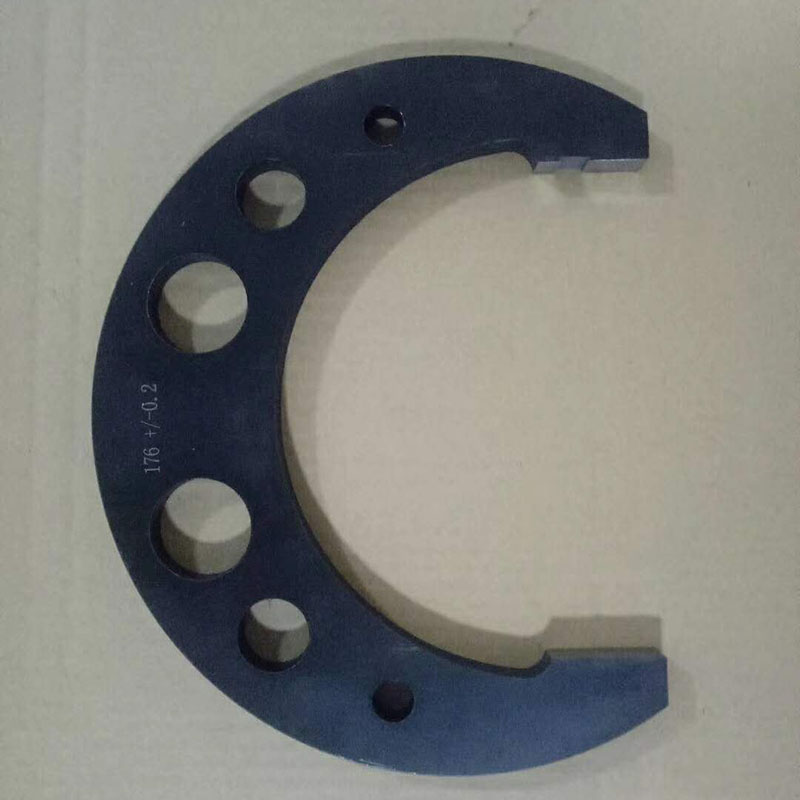Oct . 18, 2024 16:22 Back to list
gate and globe valve
Gate and Globe Valves A Comparative Overview
Valves are essential components in various industrial applications, serving to regulate, direct, or control the flow of fluids within a system. Among the myriad types of valves available, gate valves and globe valves are two of the most commonly used. While they may seem similar at first glance, their distinct designs and operational characteristics make each suitable for specific applications.
Gate Valves are primarily designed to allow or block the flow of fluid with minimal resistance when fully open. They feature a gate mechanism that moves perpendicular to the flow direction. This design enables gate valves to provide a straight-through flow path, minimizing pressure drop and turbulence. Gate valves are commonly employed in applications where the valve remains either fully open or fully closed, such as in water supply systems, oil and gas pipelines, and various other industrial processes.
gate and globe valve

On the other hand, Globe Valves are designed for throttling and flow regulation. The internal structure of a globe valve includes a movable disc and a stationary seat, which allows for finer control over the flow of fluid. This design enables globe valves to adjust flow rates effectively, making them ideal for applications requiring precise flow control, such as in chemical processing and steam applications. However, globe valves do tend to have a higher pressure drop compared to gate valves due to their more complex flow path.
When choosing between gate and globe valves, several factors should be considered, including the nature of the application, the type of fluid being handled, and the required control over flow
. Gate valves are best suited for on/off applications where flow regulation is not critical, while globe valves are favored in systems where flow control is paramount.In summary, both gate and globe valves play vital roles in industrial piping systems. Their unique features cater to different needs, ensuring that engineers and operators can effectively manage fluid dynamics in a wide variety of applications. Understanding the differences between these two valve types is crucial for optimizing performance and ensuring reliability in fluid handling operations. Each valve has its strengths, making it essential to select the right type for the specific requirements of a system.
-
Precision Manufacturing with Advanced Spline Gauge DesignNewsJul.31,2025
-
Industrial-Grade Calibrated Pin Gauges for Exact MeasurementsNewsJul.31,2025
-
Industrial Filtration Systems Depend on Quality Filter DN50 SolutionsNewsJul.31,2025
-
High-Performance Gate Valve WholesaleNewsJul.31,2025
-
Granite Surface Plate The Ultimate Solution for Precision MeasurementNewsJul.31,2025
-
Granite Industrial Tools The Ultimate Guide for Bulk BuyersNewsJul.31,2025
Related PRODUCTS









